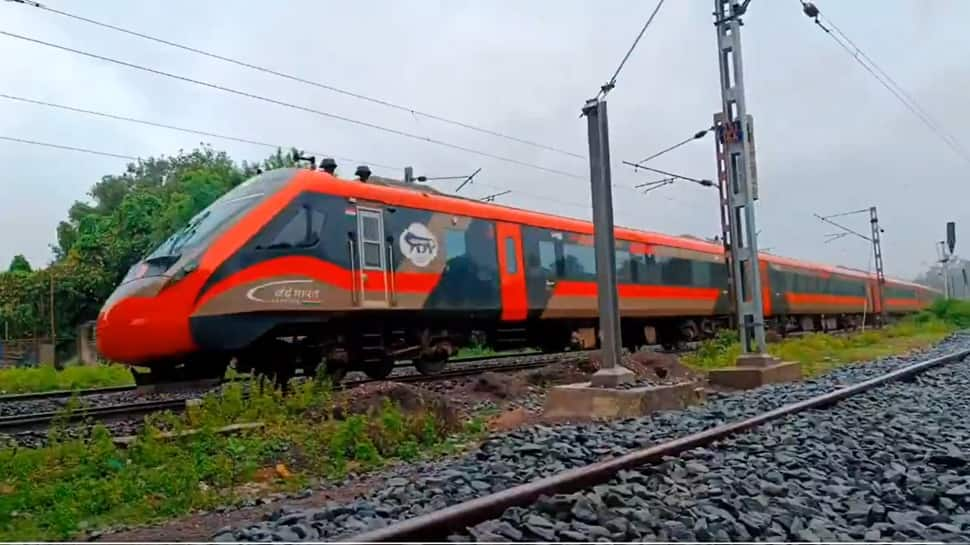Indian Railways Good News: The Indian Railways is set to bring more good news for passengers in the coming days. While the Vande Bharat Sleeper may be inducted into regular service by the end of this month, the national transporter is also working to gradually increase its operational sectional speed to 160 kmph. Trials have already commenced on a 190 km stretch between Ghaziabad and Tundla, which will help reduce travel time between New Delhi and key destinations in Uttar Pradesh, Bihar, and West Bengal.
Vande Bharat Sleeper: Second Rake Ready
Passengers across India have been eagerly awaiting the launch of the Vande Bharat Sleeper. Railway Minister Ashwini Vaishnaw recently confirmed that operations will begin once the second rake of the train is ready, allowing the service to run from both ends of the designated route.
With the first rake already completed, anticipation for the second one is high. Videos circulating on social media show the second Vande Bharat Sleeper rake being rolled out from the BEML plant. However, reports suggest that this rake is still unfinished in terms of interiors and will be sent back to BEML after oscillation trials conducted jointly by the North Central Railway, West Central Railway, and Western Railway.
Exclusive & Breaking!
2nd Vande Bharat Sleeper has been dispatched from BEML
• This is an unfinished(interiors) rake, it will come back to BEML after oscillation trial
• The rake is shunted out of BEML and will/has reached ICF
• From ICF, it will go to trials in NCR,WCR & WR pic.twitter.com/8IBCVVdiJJ
— The Rail Tempest (@Harsh22301ER) October 13, 2025
For context, the Indian Railways has already completed trials of the first Vande Bharat Sleeper coaches, and if Minister Vaishnaw’s timeline holds true, the train could enter operations by the end of this month. The Delhi–Howrah (West Bengal) route, passing through Bihar, is expected to be the first corridor for the Vande Bharat Sleeper’s debut.
Efforts to Reduce Travel Time
Railway enthusiasts know that most Indian Railways express trains operate at an average speed of 80–110 kmph. Even the Vande Bharat Express — designed for 160–180 kmph — currently runs at a maximum of 120 kmph on select sections. These speed limitations often lead to congestion across the network, prompting the Railways to invest heavily in infrastructure upgrades.
To address this, the Railways has been steadily increasing sectional speeds. Currently, over 23,000 km of track support operations at around 130 kmph. The latest initiative involves 160 kmph Kavach trials on the Tundla–Aligarh section of the New Delhi–Howrah route, covering a 190 km stretch between Ghaziabad and Tundla Junction.
160 kmph Kavach Trials on Tundla–Aligarh Section of the New Delhi–Howrah Route!
Indian Railways is conducting high-speed and Kavach trials on the 190 km Chipyana Buzurg (Ghaziabad) – Tundla stretch to upgrade the sectional speed to 160 kmph.
If the trials prove success,… pic.twitter.com/VHXe6uAPQC
— Trains of India(@trainwalebhaiya) October 12, 2025
If these trials succeed, travel time between New Delhi and major cities in Uttar Pradesh, Bihar, and West Bengal could be reduced by several hours, marking a major leap forward in passenger convenience and rail efficiency.


